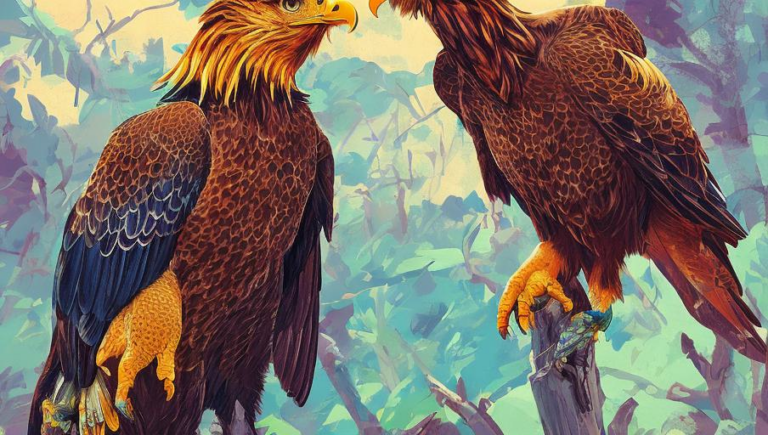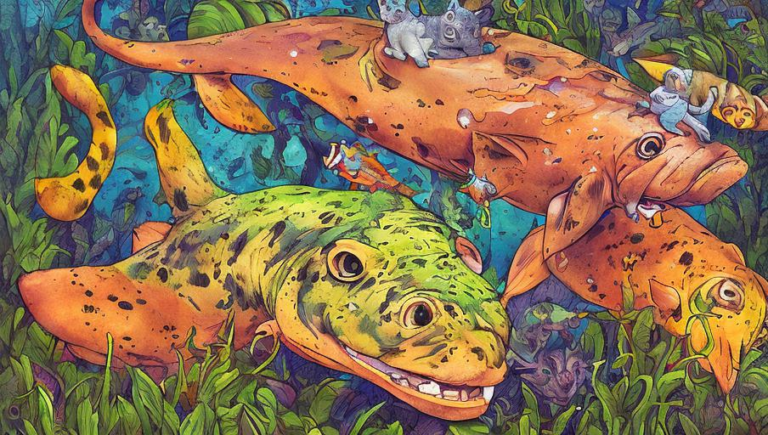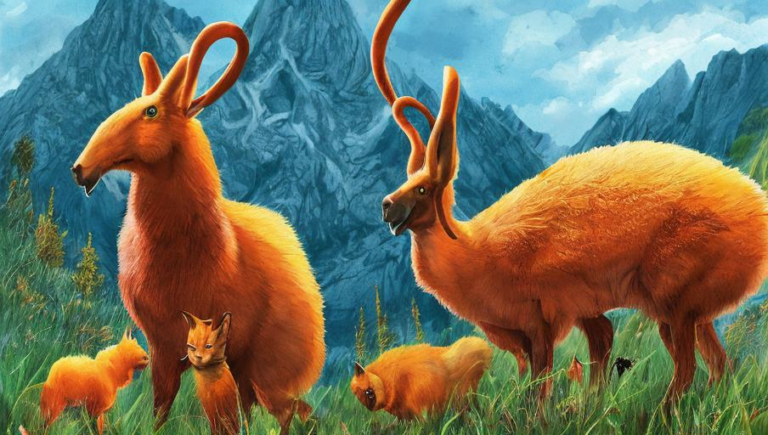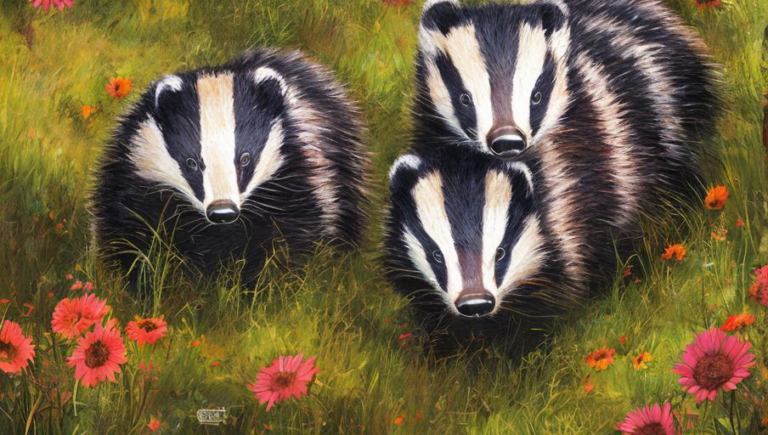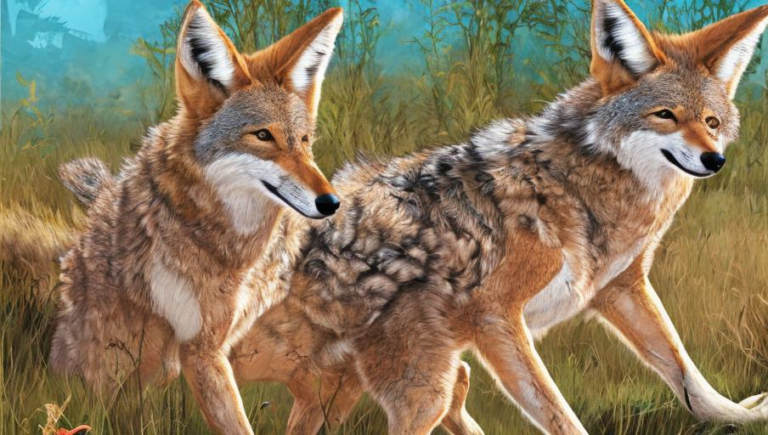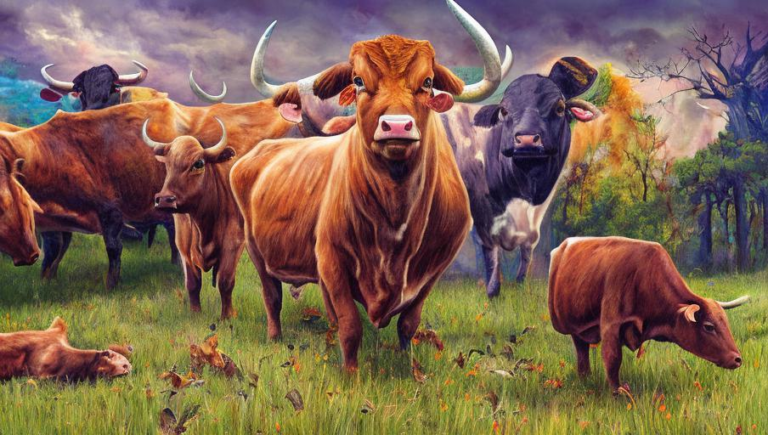Quaint Habits of the Badger
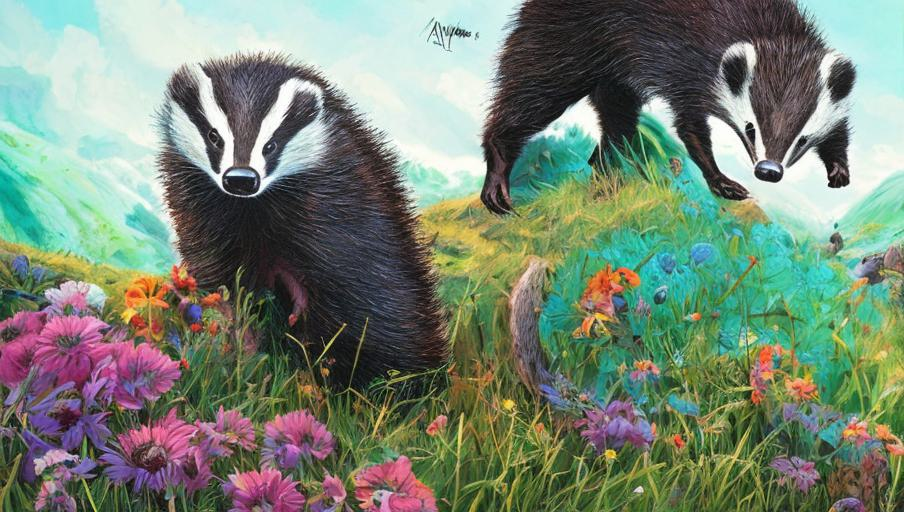
Introduction
The badger is a fascinating animal. It is a small mammal that belongs to the family of Mustelidae, which includes weasels and otters. Badgers are found in North America, Europe, and Asia, and they have been known to be quite elusive and hard to spot in the wild. Despite their secretive nature, badgers have quite a few interesting behaviors and habits that set them apart from other animals.
Diet
Badgers are omnivores, meaning they feed on both plants and animals. They primarily eat earthworms, insects, small rodents, snakes, and amphibians. They also enjoy a variety of fruits and vegetables, such as apples, berries, and mushrooms. Badgers will also sometimes eat carrion, which is the decaying flesh of dead animals.
Hibernation
Badgers are known to hibernate in the winter months. When it gets cold, badgers will make their way into their burrows and curl up in a tight ball to conserve body heat. During hibernation, their body temperature will drop, and their heart rate and breathing will slow down significantly. This allows them to conserve energy and survive the cold temperatures.
Caching
Badgers are also known for their caching habits. They will often collect food and store it in their burrows for later, which allows them to survive periods of food scarcity. This behavior can help the badgers survive particularly harsh winters when food is scarce and difficult to find.
Social Interactions
Badgers tend to be solitary animals, but they are known to form small family units with their mates and offspring. They will also sometimes form small social groups with other badgers. Badgers are also known to be quite territorial and will mark their boundaries with scent or with physical displays of aggression.
Conclusion
The badger is a fascinating creature, with many unique habits and behaviors. From their omnivorous diet to their hibernation and caching habits, there is much to learn about this small mammal. We should strive to learn more about their behaviors and habitats in order to protect them and their environment.
